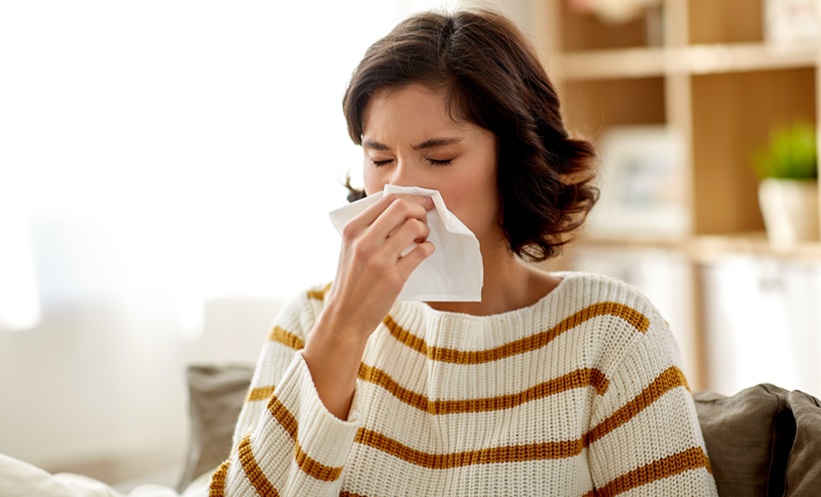ACCORDING to new research, the effect of breathing in diesel exhaust fumes is more serious in females than males. Researchers from the University of Manitoba, Winnipeg, Canada, presented the data at the European Respiratory Society (ERS) Congress in Barcelona, Spain.
There are noticeable differences in lung conditions such as respiratory infections and asthma in males and females as per previous data. The aim of this study was to look into the effects of diesel exhaust in the blood and compare the differences in effect in males and females.
Previous data shows that inhalation of diesel exhaust causes inflammation in the lungs, and further affects how the body handles respiratory infections. The study participants were five males and five females, who were healthy non-smokers. All the participants spent 4 hours breathing filtered air and 4 hours breathing air containing diesel exhaust fumes at three different concentrations of 20, 50, and 150 μg of fine particulate matter (PM2.5) per m3. There was a 4-week break between each exposure and the participants donated blood 24 hours after each exposure, which the researchers examined the blood plasma using liquid chromatography-mass spectrometry. At present the European Union (EU) annual limit value for PM2.5 is 25 μg per m3; however higher peaks are common in many cities.
Blood plasma contains blood cells and proteins and the preliminary findings of this study showed that there were differences between how the exhaust fumes affected males and females. The researchers compared both blood samples and found that 90 protein levels were distinctively dissimilar in females compared to males. In the proteins that differed, some of them were known to influence inflammation, damage repair, blood clotting, cardiovascular disease, and the immune system.
Neeloffer Mookherjee, University of Manitoba, Winnipeg, Canada, said: “This is important as respiratory diseases such as asthma are known to affect females and males differently, with females more likely to suffer severe asthma that does not respond to treatments. Therefore, we need to know a lot more about how females and males respond to air pollution and what this means for preventing, diagnosing and treating their respiratory disease.”








